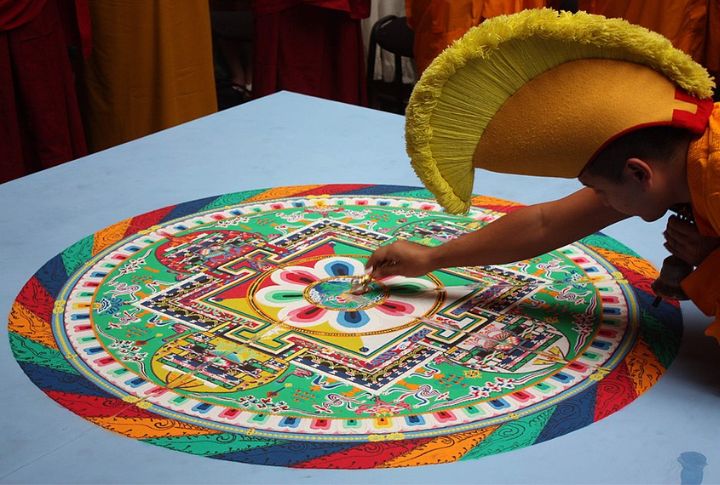
Around the world, symbols tell powerful stories. They reflect the faith and everyday life of people, from sacred beads to bold flags. Though silent, they speak of who we are and what we believe in. Here are 20 such symbols and the meanings behind their timeless cultural marks.
Lotus Flower (India And East Asia)
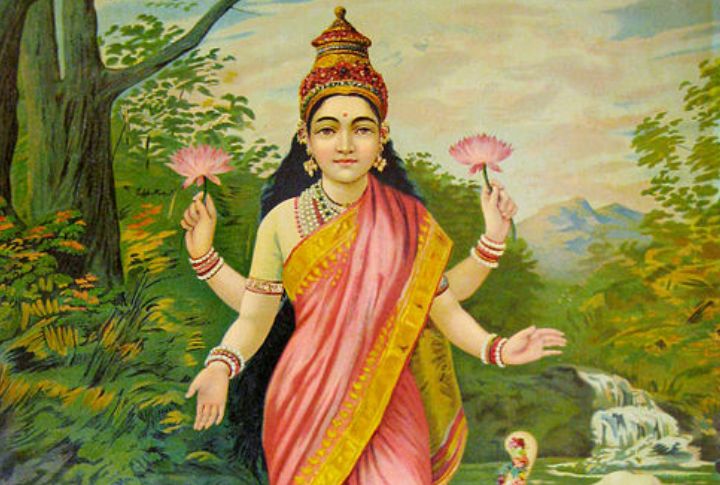
The beautiful lotus emerges from muddy waters and is revered as a symbol of resilience and purity in Hindu and Buddhist traditions. Often depicted beneath the seated Buddha, its meaning centers on enlightenment. Interestingly, many lotus seeds have been found to sprout after a thousand years, reinforcing the flower’s enduring legacy of triumph.
Yin And Yang (China)
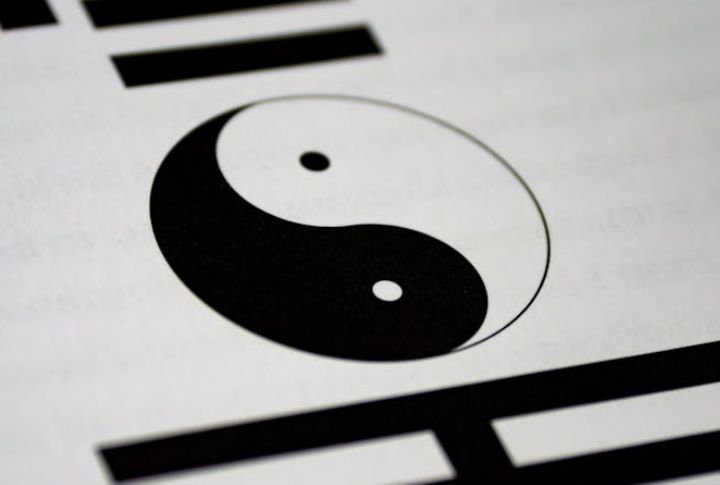
Taoist teachings use the swirling black and white of Yin and Yang to explain life’s natural balance. Opposing forces like light and darkness or male and female are viewed as complementary, not contradictory. This symbol has endured in China for over 3,000 years and shapes the philosophy behind ancient martial arts and traditional medicine.
Ankh (Ancient Egypt)
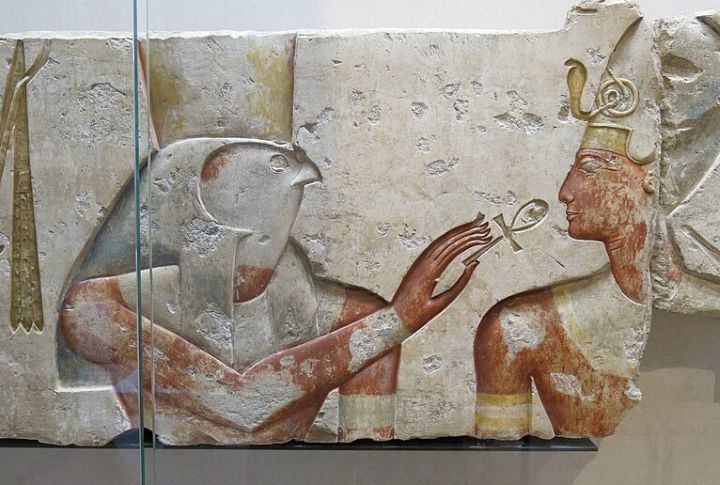
The Ankh, an ancient Egyptian symbol resembling a looped cross, represented life and eternal existence. Often seen on tomb walls and temples, it expressed hope for continuity beyond death. Its design likely echoes a sandal strap, and its influence persists in objects like mirrors and early religious crosses, which reflect its timeless legacy.
Totem Pole (Pacific Northwest Indigenous Peoples)
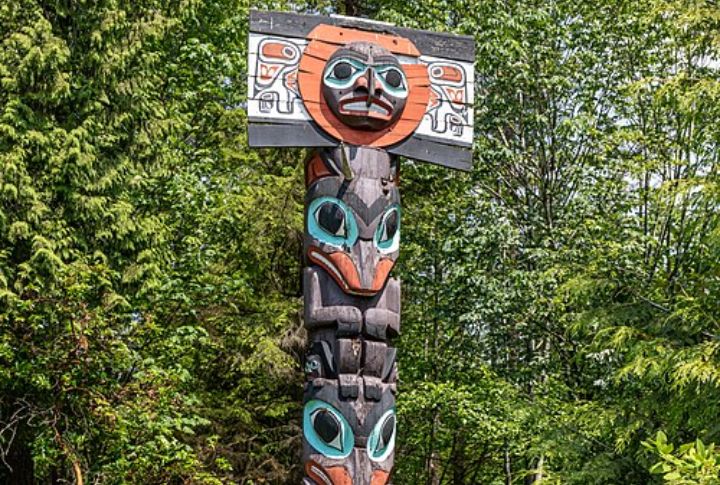
Carved from giant trees, Totem Poles recount ancestral legends rather than serve religious rites. Mythical beings, animals, and clan history are stacked along the vertical wood, with some measuring nearly 60 feet. The term “totem,” derived from the Ojibwe language, reflects its enduring role as a marker of identity and tradition.
Mandala (Tibet And India)
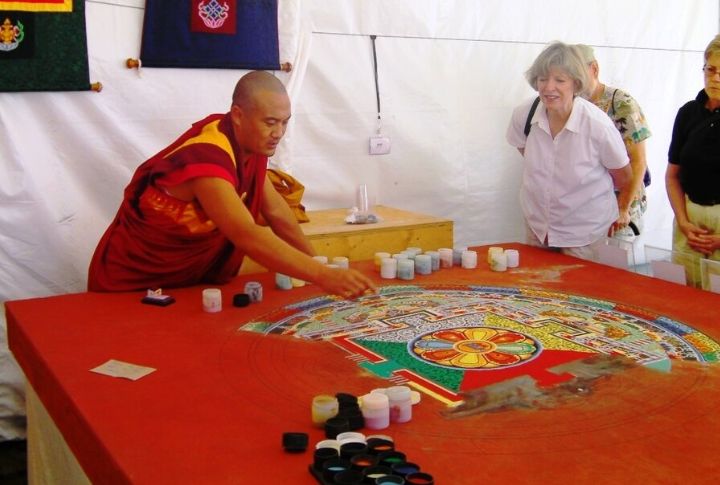
Mandalas begin as detailed sand designs crafted by monks, only to be dismantled in a ritual that symbolizes impermanence. Their circular forms reflect cosmic harmony through floral or galactic patterns. Swiss psychiatrist Carl Jung viewed them as symbols of wholeness and self-structure within the human psyche.
Dreamcatcher (Native American)
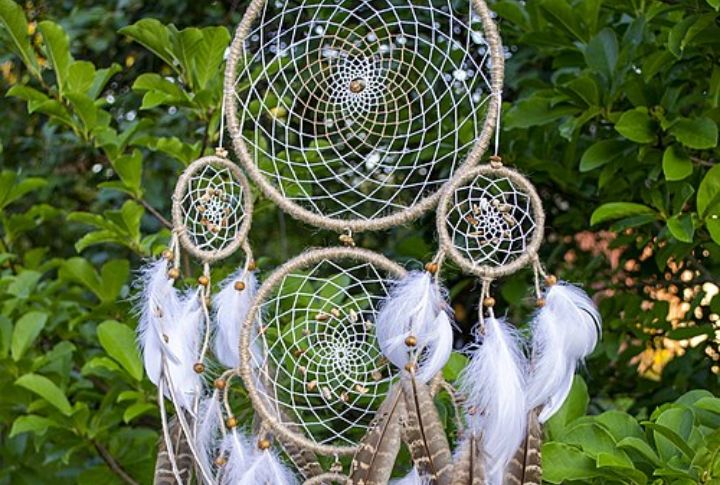
Inspired by spider webs, dreamcatchers rose to popularity in the 1960s. Traditionally crafted in a circular shape with sinew and feathers, they hang above sleeping spaces to protect against bad dreams. The web-like design lets good dreams pass through the center, while the feathers gently catch the bad dreams.
Matryoshka Dolls (Russia)

Originating in 1890, they borrowed their concept from Japanese toys. The brightly painted nesting dolls represent themes of continuity and family. Each hollow figure houses a smaller one inside, thus symbolizing the idea of motherhood. A typical set features five to seven dolls, which are given as gifts to convey prosperity.
Olive Branch (Ancient Greece And Western Cultures)

In Greek mythology, Athena gave the olive tree to Athens and linked it forever with the concept of reconciliation. In ancient Greece, victors at athletic events received olive branch wreaths called kotinos to honor peaceful achievement. That practice shaped it into a symbol of diplomacy as adopted by the United Nations.
Eye Of Providence (Western Occult And Christianity)
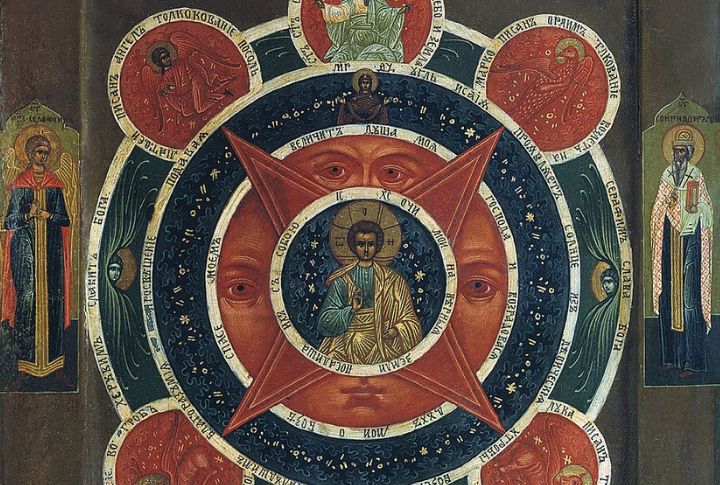
Known by many as the “all-seeing eye,” its origin stretches across both religious and esoteric traditions. Positioned above pyramids on dollar bills and featured in churches, the Eye of Providence radiates watchfulness through triangular beams. Its prominence grew when Freemasons used it to show knowledge and direction within ancient ceremonies.
Bindi (India)

Traditionally placed at the center of the forehead, the bindi is believed to mark the energy at the spiritual third eye in Hindu tradition. Once reserved for married women, it has now become a fashion or cultural symbol worn by many. Regional styles vary in terms of color and material, including designs featuring turmeric used in rituals.
Crescent Moon And Star (Islamic Cultures)
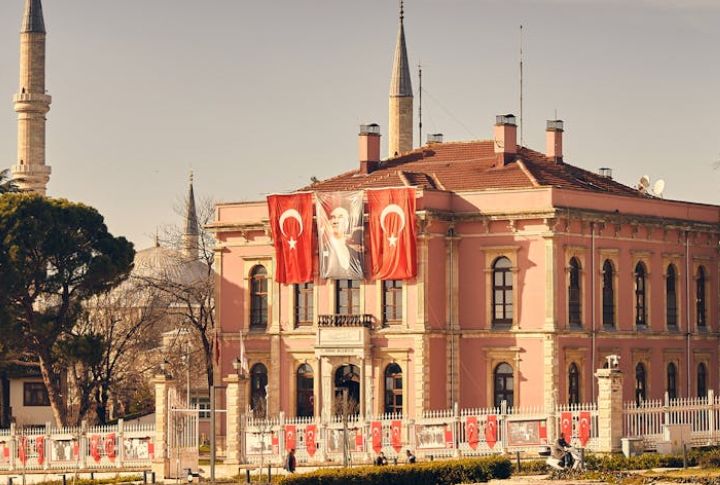
Flags from Islamic countries frequently show the crescent moon paired with a radiant star to symbolize the divine presence. Initially rooted in Byzantine imagery, it evolved under the Ottomans to signify religious unity. Now found on Pakistani and Algerian flags, the symbol remains emblematic of spiritual guidance.
Tree Of Life (Norse And Celtic)
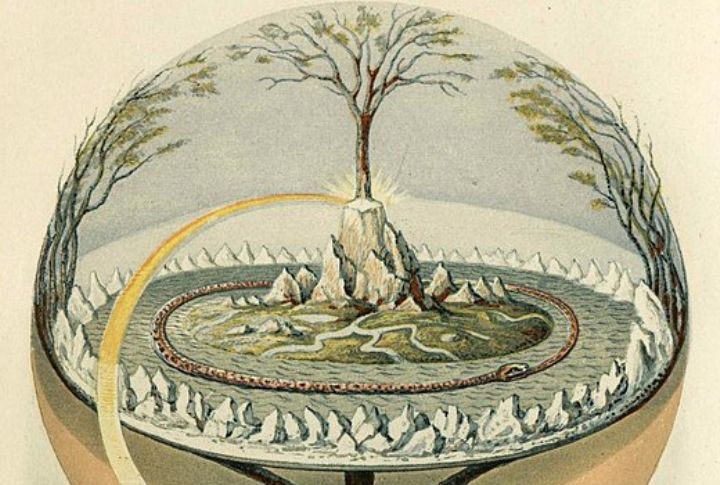
The Tree of Life, revered across cultures, represents the bond between earth, spirit, and creation. In Norse myth, Yggdrasil links nine realms, while the Celts saw it as a sacred portal of rebirth. Its rooted symmetry reflects balance and connection, and its legacy thrives in modern art and spiritual symbolism.
African Adinkra Symbols (Ghana)
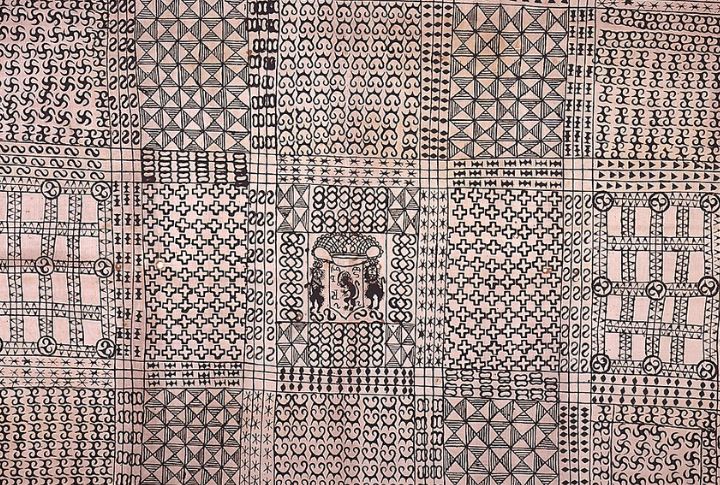
Ghanaians encode values like humility and strength into Adinkra icons printed on textiles or carved into wood. Each symbol conveys a specific message, such as Duafe, linked to feminine virtue. Originating with the Ashanti and Gyaman peoples, this system includes over 100 designs used for celebration and remembrance.
Hamsa Hand (Middle East And North Africa)

Hand-shaped with an eye at its center, Hamsa guards homes and hearts from misfortune. Arabic speakers call it “Khamsa,” meaning five, while its widespread use spans the three Abrahamic religions. Often worn as jewelry, it provides symbolic protection and blends cultural and spiritual continuity.
Koru Spiral (Maori Of New Zealand)

New Zealand’s Maori culture regards the koru as a representation of life unfolding. Based on a silver fern’s spiral frond, it signifies harmony and growth. Maori tattoos and art commonly use this pattern, with the koru even appearing in Air New Zealand’s logo as a nod to renewal.
Om Symbol (India)
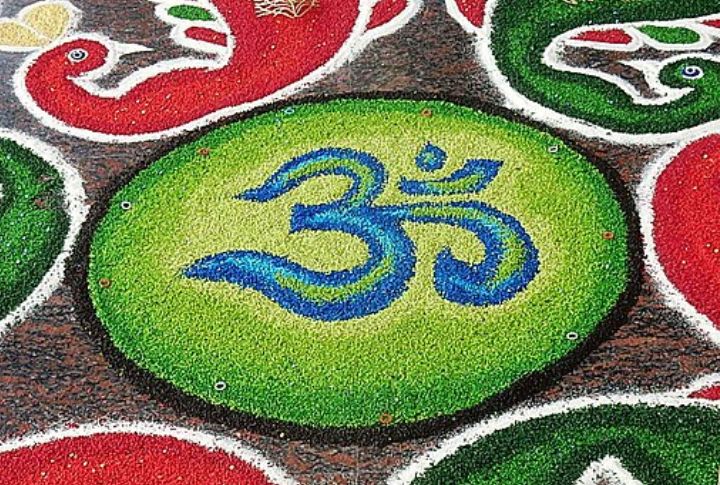
Ancient Indian chants begin with “Om,” a sound believed to encompass all vibrations. Hindu texts place it at the universe’s origin. Appearing at the start of scriptures and rituals, the symbol remains deeply revered, linking sound to spiritual presence across time and practice.
Inuksuk (Inuit Cultures)
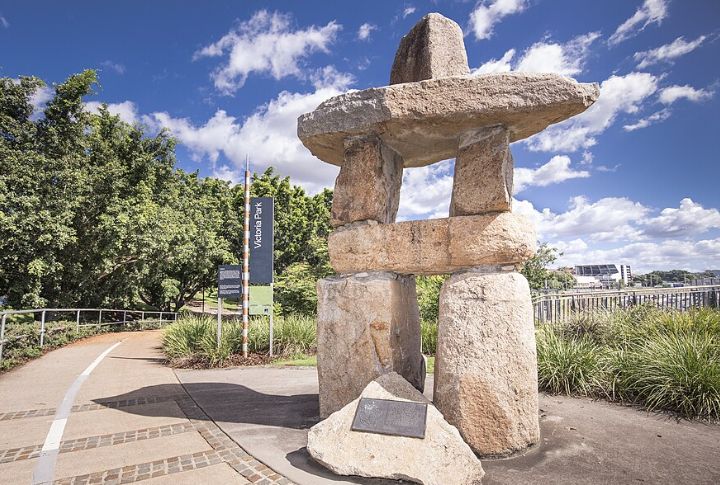
In Arctic terrains, stone Inuksuks help the Inuit explore or mark spiritual sites. Their human-like shapes can instruct travelers or those on hunting expeditions. While serving as vital direction tools in the tundra, they’ve also become cultural icons, most notably featured in the 2010 Winter Olympics logo in Canada.
Swastika (India And Ancient Eurasia)

Long before its misuse in the 20th century, the swastika stood for prosperity across India and Eurasia. Its Sanskrit name means “good fortune,” and Asian religions such as Hinduism and Buddhism still include it in temples and rituals. It can also be found on ancient pottery from Ukraine and Iran.
Zia Sun Symbol (Zia Pueblo)
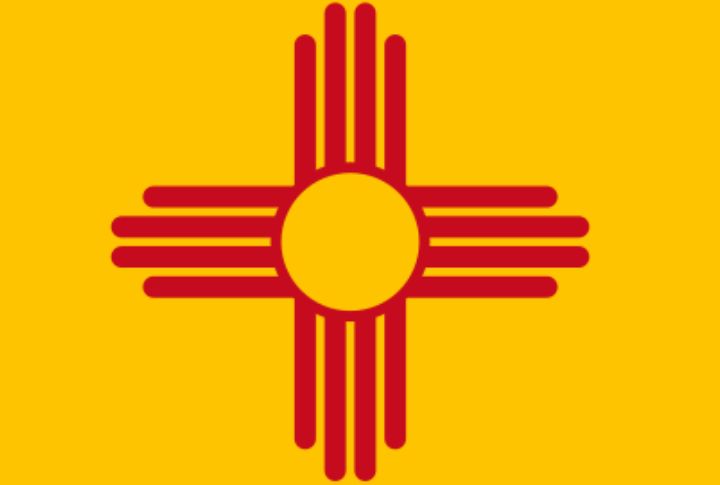
The Zia Sun symbol, sacred to the Zia Pueblo people, reflects life’s balance through four sets of rays representing directions, seasons, daily cycles, and life stages. Adopted as New Mexico’s state flag, it honors Indigenous heritage and reflects spiritual harmony, with red hues evoking the natural world and the interconnectedness of existence.
Tiki Figures (Polynesia)
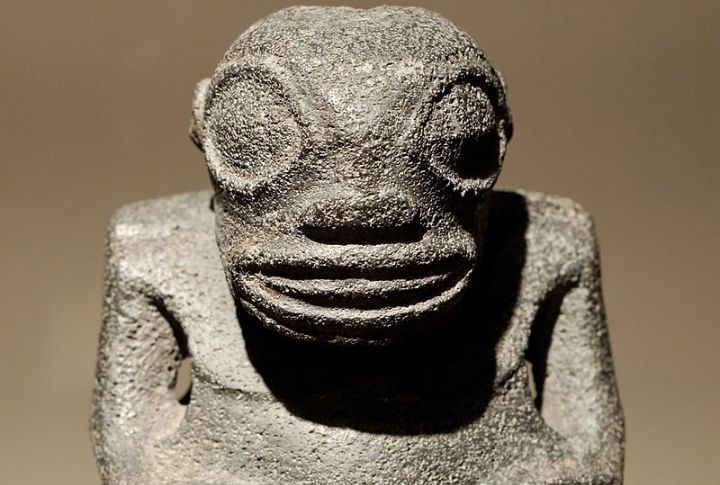
Polynesian carvings of deified ancestors are known as Tikis. Some represent the first man created to guard sacred spaces, with bold features. Artists sculpt them in wood or stone for ceremonies, and pop culture embraced their image in Hawaiian decor and beach bars throughout the mid-20th century.

